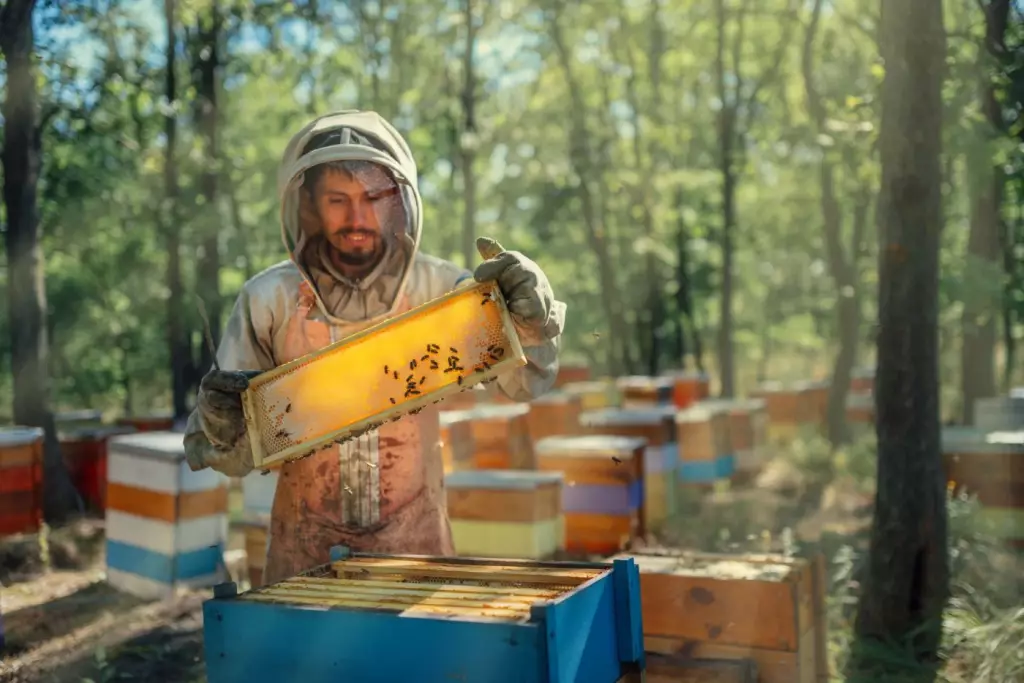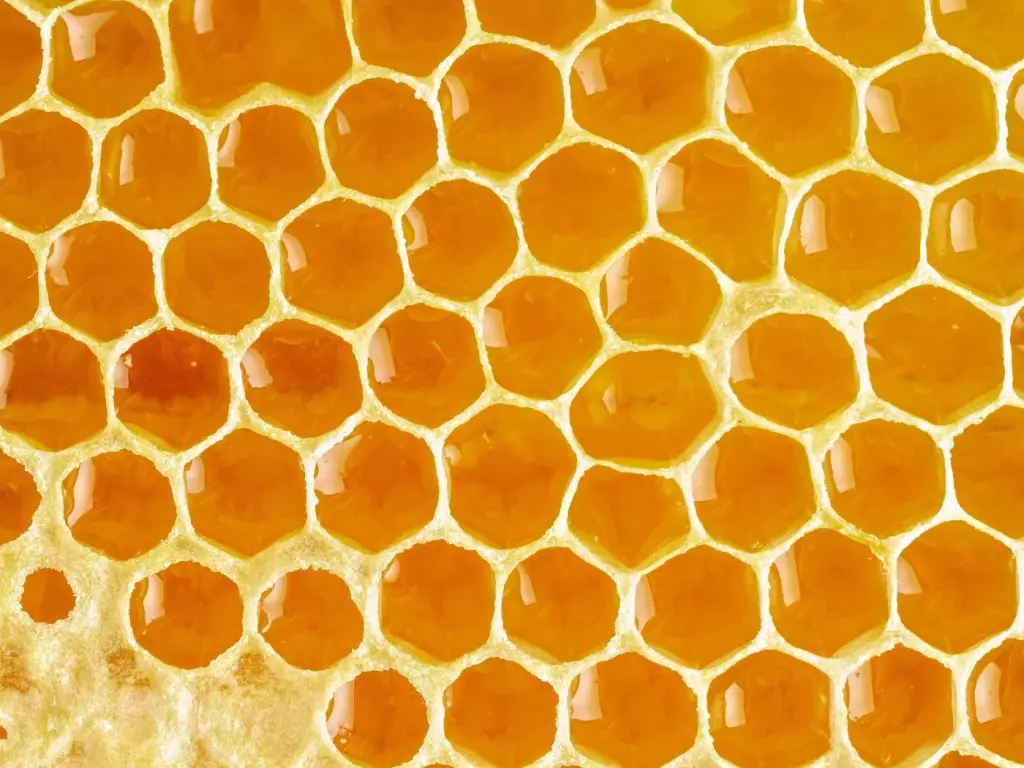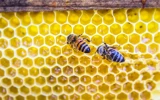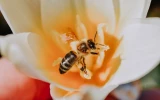In What Months Do Bees Make Honey?
Just as humans love honey to add to food, bees also do. Honey gives bees the energy they need for flight, colony upkeep, and other everyday activities. But in what months do bees make honey?
Months between March and early October are typically when the greatest honey is produced in the United States. However, it can vary by a few weeks or months, depending on the locale, particularly in more subtropical climates. The seasons for making honey are spring, summer, and the first few weeks of autumn.
These times are the busiest for bees, much more their role’s peak as part of our ecosystem. Learn more about the seasons when bees produce honey and how long it last by reading below more.
Summary
- Bees make honey in months between March to early October, during Spring, Summer, and early weeks of Autumn
- Aside from favorable weather, bees also need a strong nectar flow to produce abundant and good-quality honey
- A healthy colony of bees needs 2-3 days during a heavy nectar flow to produce enough honey to fill a 10-frame super, while a weaker colony may require 1-2 weeks to make the same amount of honey
- Beekeepers have to check the bees' behavior to only accurately spot honey flow
- Bees stop producing honey when Winter comes
On this page:
Honey-Making Season for Bees
The peak seasons for making honey are often spring, summer, and the first few weeks of fall or autumn in most parts of the world. These fall in months between March to early October. Particularly, the surest months when honey bees are observed to work on their honey are June to September.
Overall, spring, summer, and early autumn are the times of the year when the weather is ideal and a sufficient number of nectar-producing flowers are blossoming.
Importance of Nectar-Flow to Honey-Making
Bee production of honey is not just dependent on favorable weather. Aside from that, there must be abundant nectar-rich flowers for the bees to visit. There is more nectar- and pollen-rich blooming flowers in the spring, summer, and fall than in other seasons of the year.
During a nectar flow is when honey production is at its best. It is distinguished by a profusion of nectar-rich plants blooming simultaneously. The best nectar-gathering conditions include warm temperatures, extended daylight hours, and other factors.
Because bees need a strong nectar flow to manufacture honey, they do not typically produce it in the winter. In most areas, there aren't any native plants or flora that produce pollen or nectar in the winter. However, there are always exceptions to the norm, in this instance for some of the more southern climates, as with everything else.

How to Detect When Honey Flow Starts
It is more challenging to just examine the local flowers to see if the honey flow has begun because the blooming of flowers miles from the hive can spark the honey flow. Checking your bees' behavior is the only accurate technique to determine the honey flow.
The activity and the number of bees foraging are the most evident signs. While other bees depart to obtain even more honey, other bees will return to the hive completely loaded with nectar. The beekeeper finds this view of hundreds of bees moving in and out of the hive quite comforting. It truly is a sight to see
The amount of stored honey will quickly rise due to all this activity. The sensible beekeeper will try to protect the bees from being disturbed too much, but it's necessary to be aware of the possibility of swarming. A single hive may gain 5 pounds while the honey is flowing.
How Long Do Bees Produce Honey
One pound (1 lb) of honey requires about 550 bees to make over two to three weeks. During a heavy nectar flow, a vigorous colony of bees takes 2–3 days to fill a 10-frame super with honey. It can take a weaker colony 1–2 weeks to make the same amount of honey.
Depending on the size of the bee population, bees can produce honey at varying rates. Is there just one brood nest in the colony, or have two or three deep brood boxes been added? Generally speaking, but only sometimes, increased honey production is correlated with larger colony populations.
Additionally, while having robust and well-established honeybee colonies is fantastic, honey production can only occur with nectar flow. A beekeeper may need to supplementary feed their bees to keep them alive during some seasons with terrible weather and little nectar flow.
A new honeybee colony will take three to five months to make more honey. But you will not be able to obtain enough honey from the bees' first season. New bee colonies typically need the first season to strengthen themselves and get ready to endure the winter.
When Does Honey Production Cease
Bees eventually halt honey production, yes. It happens when winter, or any adverse weather, causes bees to stop producing honey. Specifically, that occurs in the winter, when it is too cold for them to depart the hive. The bees will then have to eat just the honey they have kept in storage.

Role of Beekeepers in Honey-Making
Beekeepers don't only smile when the honey comes in. It is also a time to be particularly observant. The honey flow indicates a rapid rise in the space honeybees demand in the hive. A hive with little room can soon develop into a colony, considering that it swarms at a rate of many pounds of fresh honey per day.
The colony will split in half if it swarms, with one half moving to a new location. The space that is accessible in the hive is always known to an alert beekeeper. A crucial choice the beekeeper will make is whether to enlarge the hive by adding boxes, giving the bees greater room for the excess honey, and lowering the likelihood of swarming. In addition to a visual inspection, the hive's weight will be a vital sign. A growing number of beekeepers weigh their hives using monitors, and a considerable increase in weight is correlated with the honey flow.
Beekeepers might take a more proactive approach by planting flowers specifically picked to bloom at different times of the year. By doing this, you can extend the honey flow in your garden as bees fly from one variety of bloom to another in search of nectar. This might give your garden weeks of color. If done correctly, the beekeeper and bees can benefit from a lengthy and stunning succession of honey flows.


